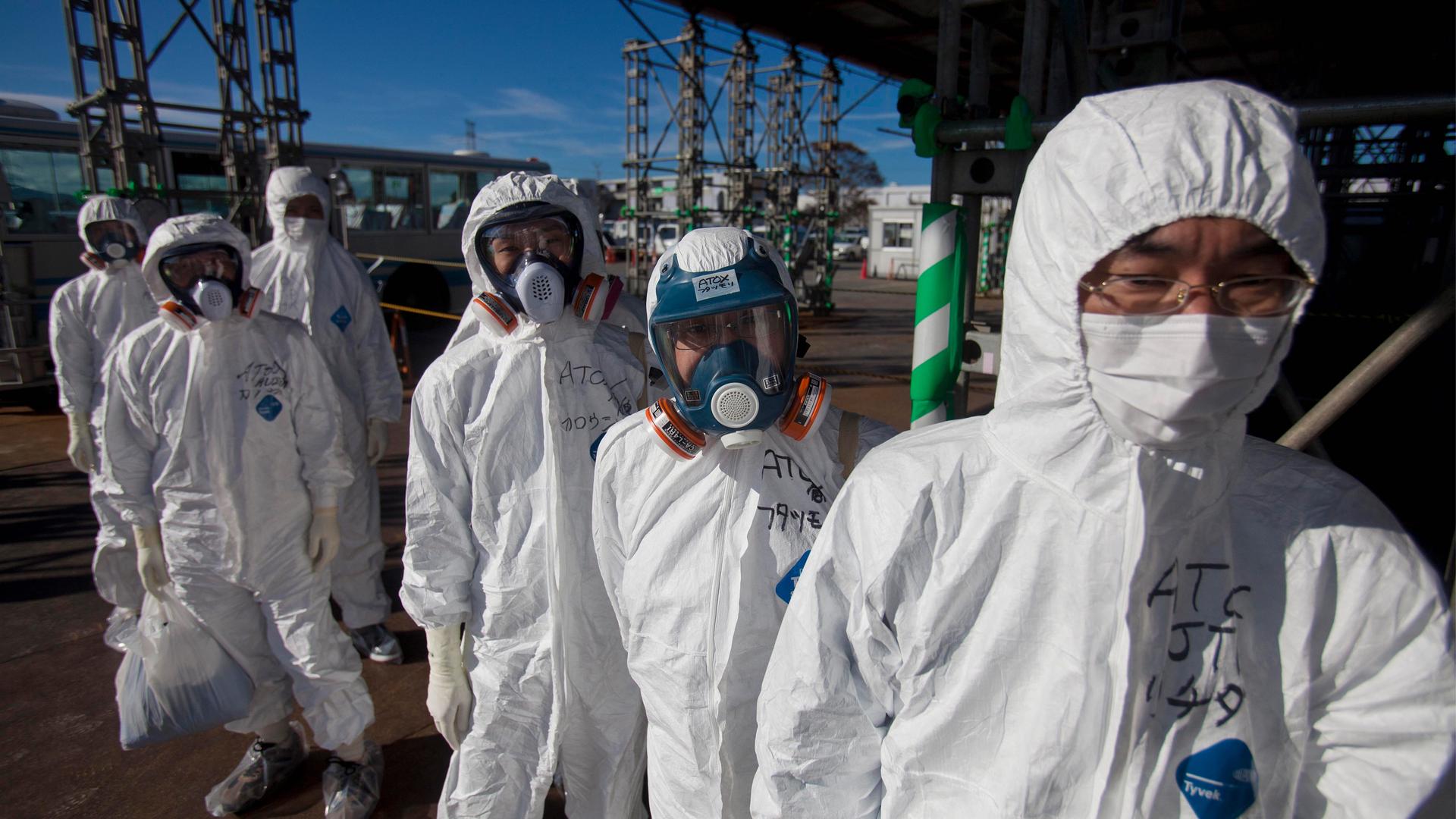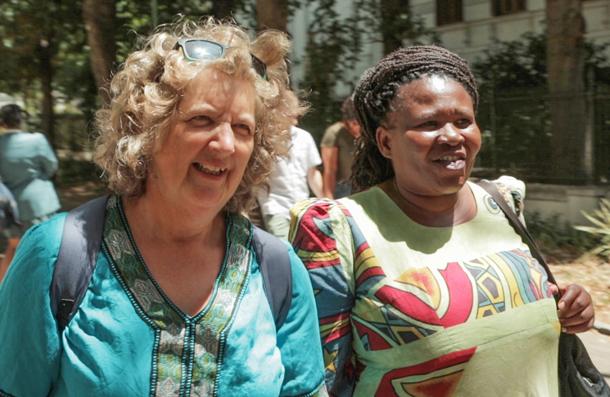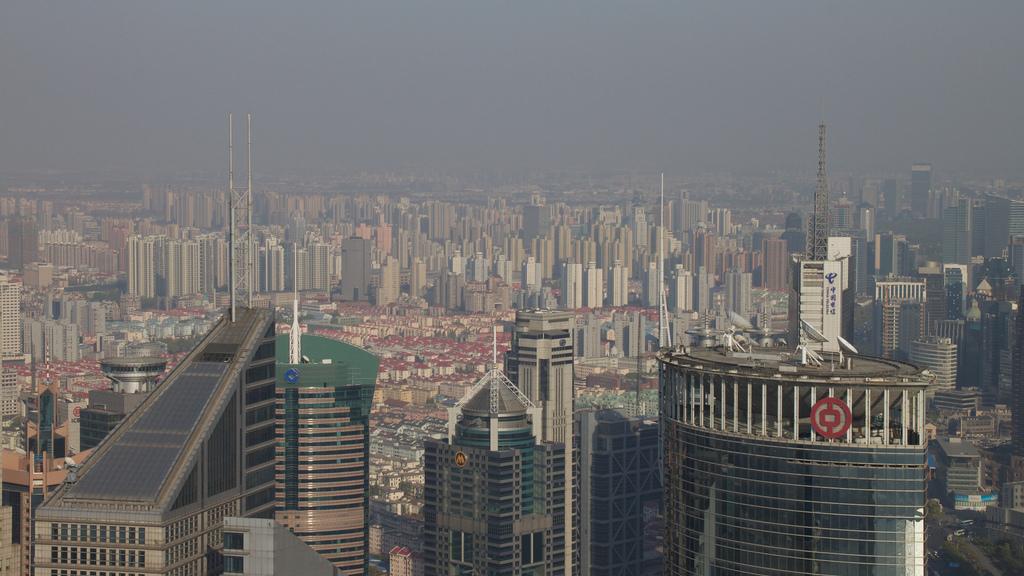Nuclear energy
Author Yoichi Funabashi on Fukushima crisis 10 years later: Nuclear energy was and still is ‘unforgiving’
Yoichi Funabashi, one of Japan’s most imminent journalists and author of a new book titled “Meltdown: Inside the Fukushima Nuclear Crisis,” told The World that there was a lack of emergency training for that critical scenario faced on March 11, 2011.
Nuclear reactors in California and New York State are on different paths
Pacific Gas & Electric has decided to take the aging Diablo Canyon nuclear plant, near an earthquake fault in California, offline within 10 years and replace it with wind and solar power. But an even older reactor, Indian Point, near New York City, will continue to operate, despite defects and opposition.
What’s the bigger risk: Using nuclear energy or turning away from it?
At the Paris climate talks, most everybody is searching for a silver bullet — a technological fix to produce enough clean energy to allow us to continue to grow. Some argue we already have part of the solution: more nuclear energy.
Even plans to close nuclear power plants stir controversy
When the Nuclear Regulatory Commission found Entergy Corporation’s Pilgrim Generating Station to be one of the three most dangerous nuclear power plants in the US, it was no surprise to some local residents. It has been the focus of protests for much of its 43-year history. Now Entergy plans to close the facility within a few years — but that hasn’t ended the controversy.
Nuclear reactor closings in the US continue to roil the energy industry
The Entergy Corporation recently announced it would soon close two aging nuclear power plants in the northeast US. At the same time, the Nuclear Regulatory Commission has granted the company a new license to operate a Tennessee reactor that some experts consider one of the least safe in the nation. What does this portend for nuclear energy in the US?


